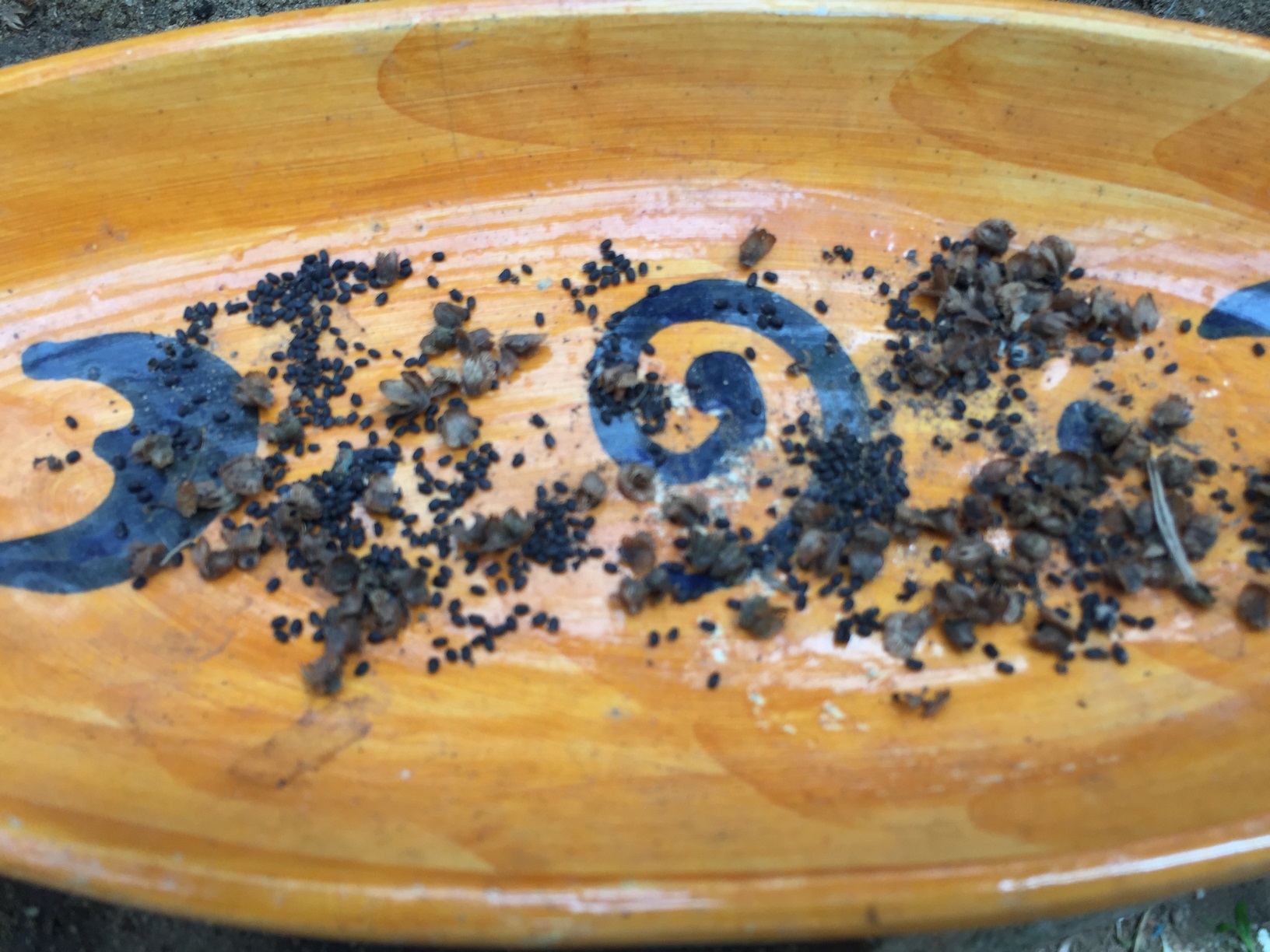{tocify} $title={Table of Contents}
Basil is a fast-growing herb, and is definitely one of the most popular herbs grown by gardeners. Basil is super easy to grow from seed, and basil seeds will germinate pretty quickly in the right conditions. It’s not frost hardy, so it’s best to plant basil a little later in the spring than planting it too early.
Browse this Big Collection of Basil Seeds
Fill a small pot with moist multipurpose compost. Sprinkle your seeds thinly and cover with a very fine layer of compost. Place your pot on a warm windowsill. Basil seeds need warm soil to germinate. Keep the soil moist but not too wet as the seeds can rot. The seedlings should appear after one or two weeks.
Watch: How To Grow Basil From Seeds Video
To reduce stress caused by the transition from indoors to outdoors, gardeners should implement an acclimation technique known as hardening off.
Hardening off is the process of slowly acclimating young plants or seedlings to a new environment. In other words, hardening off is a way for gardeners to gradually condition their plants to the comparatively harsh conditions of the outdoors.
Watch: How To Harden Off Seedlings Video
Planting Basil Seedlings Into Your Garden
Anyone can grow basil. All that’s required is a warm, sheltered and sunny position. Basil thrives in well-drained, moist soil with a neutral pH. I add a rich organic compost such chicken manure to the soil at the beginning of the season.
As the plants continue to grow, remove any flower buds as they arise, as this will signal a change in the flavour of basil. Flowering will also cause a significant reduction in the growth of new foliage. If you allow the flowers to grow, you can collect the seeds and save them to grow basil from seed for next growing season.
Hope you enjoy these great tips!
Basil Seeds are Available Here!
Affiliate Disclosure!
This website is a participant in the Amazon Services LLC Associates Program, an affiliate advertising program designed to provide a means for sites to earn advertising fees by advertising and linking to Amazon. Some of the links to products on this site are affiliate links. These are products that I've used or recommend based from homesteading experience. I do make a small commission (at no extra cost to you) from these sales. {alertInfo}











